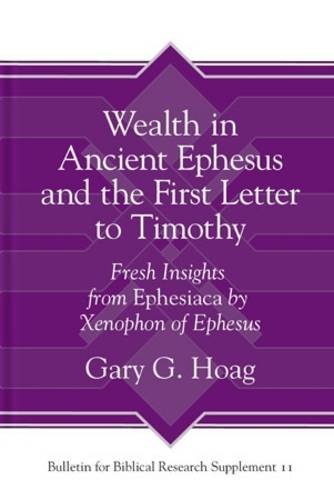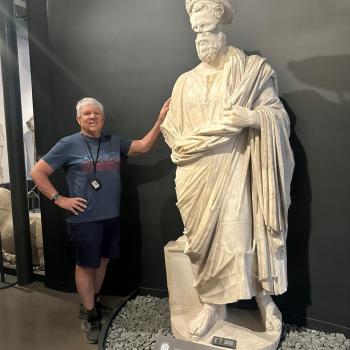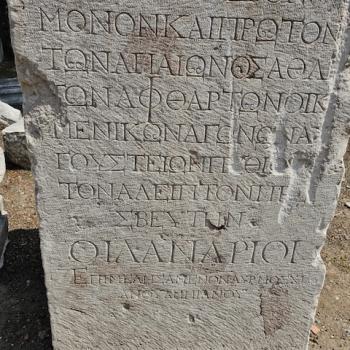Q3.BEN: In terms of methodology, you decided to follow the lead of the modern rhetorical approach of Vernon Robbins and his distinguishing of various ‘textures’ in the text (e.g.
ideological texture, sacred texture etc.) as opposed to analyzing the material on the basis of historical rhetorical analysis. In addition on the social front, you have chosen to follow the lead of modern cultural anthropology as applied to the NT by Bruce Malina in his influential NT World volume instead of following the example of the social history analysis approach of Ed Judge and his disciples (e.g. Bruce Winter). Why did you pursue the socio-rhetorical analysis using these more modern methods? I am reminded of the old saying ‘methodology is not an indifferent net, it catches what it is designed to catch’.
A3.GARY: My choices to adapt the modern socio-rhetorical methodology of Vernon Robbins and to employ the cultural fixtures of Bruce Malina were quite intentional. They helped me locate the function and meaning of rare terms and themes that appear in five passages in 1 Tim and Ephesiaca.
I chose the methodology because it was both modern and multi-faceted. As a modern approach I appreciated its value because I was looking for evidence that had evaded others, perhaps because of the limitations of the models and tools that guided their research. Additionally, I believed that because of its multi-faceted nature it would help me accomplish my research objectives. My advisors supported these decisions. Allow me to elaborate on this five-part model.
First, the social and cultural texture forced me to look at ancient material with an Ephesian provenance. This points to the context that preceded the texts of 1 Tim and Ephesiaca. While exploring Greek literature scrutinized by classical scholars, I was fortunate to discover Ephesiaca. The vast exploration of inscriptions, coins, and other extant evidence helped me locate a Sitz im Leben of the wealthy in Ephesus (chapter 2 of BBRS 11).
From there I used the other four textures to guide my comparison of 1 Tim alongside ancient evidence and Ephesiaca: Inner Texture looked at terms and themes in five passages 1 Tim with wealth in view alongside Ephesian evidence in general and Ephesiaca in particular. Intertexture examined closely the function of terms and themes that appear in both 1 Tim and Ephesiaca. Ideological texture moved from the texts of 1 Tim and Ephesiaca to the audience of the texts. In other words, what is the meaning for hearers in this context. Lastly sacred texture considers the divine in the texts of 1 Tim and Ephesiaca, and what God or the gods may be saying to people.
Taken together, I felt these textures would help me catch what I needed to catch.
My affinity for Malina’s models dates back to my M.Div. days when I took a few classes on cross cultural ministry and read some of his writings. His six models (honor / shame, identity, kinship, exchange / benefaction, envy, and purity) illustrate how cultural fixtures shape human behavior. These models or fixtures are affirmed by ancient sources for helping locate meaning.
I believe the decision to use this methodology and employ these models helped me to eliminate bias (they forced me to explore a wide array of ancient evidence) and to illuminate the social and religious realities at play in the ancient Ephesian context (again, my aim was to understand the function and meaning of terms in the context).
Remember the teacher played by Robin Williams in the movie, Dead Poet’s Society? He was famous for making the students stand on their desks so they got a fresh perspective on poetry and the world. While it was a privilege to study the writings of brilliant scholars like Judge, Winter, and so many others on my research journey, and I felt my role was to stand on their proverbial shoulders and get a fresh perspective. That’s what I hope my BBRS volume provides, thanks in part, to the methodology and models that helped guide my research.













